The Paper of the Month – December
05 Dec 2022Title: Unclear symptom onset ICH: where & what to look for in images?
Title: Unclear symptom onset ICH: where & what to look for in images?
Author: Prof. Dr. Anita Arsovska – WSA Associate Commissioning Editor
This article is a commentary on the following
Commentary:
This month we are highlighting the paper “Imaging markers of intracerebral hemorrhage expansion in patients with unclear symptom onset”. The authors made a retrospective analysis of 178 patients with primary spontaneous intracerebral haemorrhage (ICH) to test the association between non-contrast computed tomography (NCCT) markers and hematoma expansion (HE), since this is associated with poor outcome in ICH with unclear symptom onset (USO). Baseline NCCT was analyzed for presence of intrahematoma hypodensities, heterogeneous density, blend sign, and irregular shape. All these markers were independently associated with a higher risk of HE, after adjustment for confounders (ICH volume, anticoagulation, and time from last seen well to NCCT). Hypodensities had the highest sensitivity for HE (0.69), and the blend sign was the most specific marker (0.90). All NCCT markers were more frequent in early presenters and more sensitive in this population as well (hypodensities had 0.77 sensitivity). The authors conclude that NCCT features are associated with HE in ICH patients despite USO and regardless of delay since last known well. These findings suggest the possibility to include USO patients at high risk of HE in future trials targeting active bleeding in ICH.
WRITTEN INTERVIEW – DR. ANDREA MOROTTI
1. What did you set out to study?
We investigated whether non-contrast CT (NCCT) features predict hematoma expansion (HE) in intracerebral patients (ICH) with unclear symptom onset (USO).
2. Why this topic?
Time from onset is a key inclusion criterion in ICH randomized trials. However around one in three patients with ICH have an USO and predictors of HE are still understudied in this population
3. What were the key findings?
We confirmed that HE is common in USO and we showed that NCCT features predict HE with good accuracy in this population
4. Why is it important? Or how might these results impact clinical practice?
NCCT is a widely available and fast imaging modality that might help the stratification of HE risk in different settings. Our findings might also inform HE risk stratification in future trials
5. What surprised you most?
Time is brain also in patients with an unclear onset: HE and NCCT features were more common within 6 h from time last seen well and sensitivity for HE was higher in this time range.
6. What’s next for this research?
We have showed an association between NCCT features and HE. We will investigate the added value of NCCT markers to currently available prediction tools.
7. Is there anything you’d like to add?
Time is brain in ICH and the therapeutic window for HE is narrow. ICH needs to be treated as a time-sensitive medical emergency.
VIDEO INTERVIEW – DR. ANDREA MOROTTI


